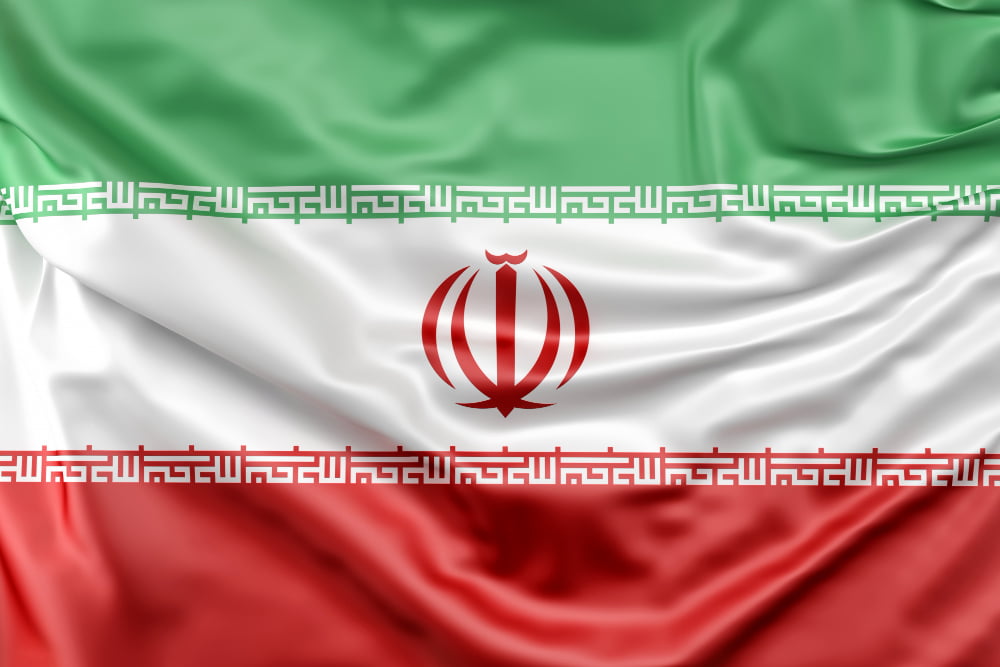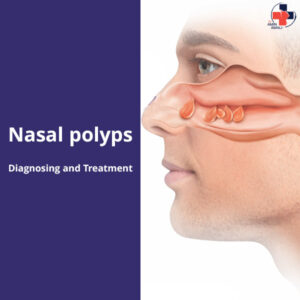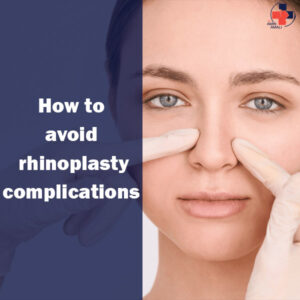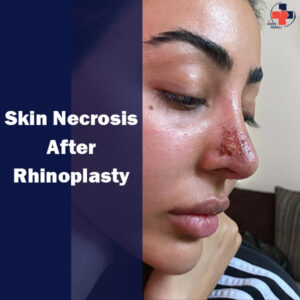Rhinoplasty, commonly known as a nose job, is a popular cosmetic surgery procedure that can reshape the nose to enhance facial aesthetics. While many patients achieve their desired results with rhinoplasty, it’s important to remember that, like any surgery, it carries inherent risks and potential complications. This article will provide a comprehensive overview of the various complications associated with rhinoplasty, from minor inconveniences to more serious concerns. By understanding these potential risks, you can make an informed decision about whether rhinoplasty is the right choice for you.
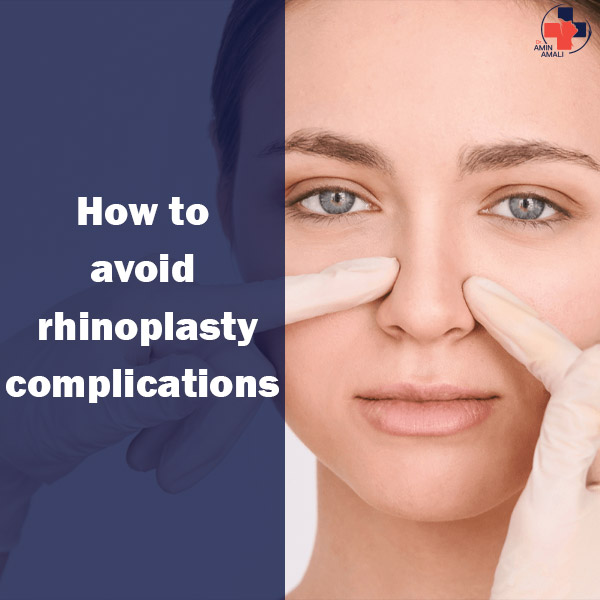
How common are complications from rhinoplasty?
Complications from rhinoplasty are reported to vary from around 4% to 18.8% according to studies. However, this can depend on the surgeon’s experience and the complexity of the procedure itself. It’s important to discuss these possibilities with an experienced surgeon during a consultation.
The risk of complications can be minimized by choosing a an experienced rhinoplasty surgeon who is experienced in performing rhinoplasty. It is also important to be in good overall health and to follow your surgeon’s instructions carefully before and after surgery.
How do you know if something is wrong after rhinoplasty?
While some swelling and bruising are expected after rhinoplasty, there are signs that can indicate a complication. Here are some things to watch for:
- Breathing problems: Difficulty breathing is a serious concern after rhinoplasty. If you experience this, contact your surgeon right away.
- Excessive bleeding or bruising: Some bleeding and bruising are normal, but excessive amounts could indicate a problem.
- Persistent pain: Pain is expected after surgery, but if it’s severe or doesn’t improve with medication, let your surgeon know.
- Asymmetry: The nose appearing crooked or uneven could be a sign of complications.
- Numbness: Numbness around the nose is normal for a while, but if it persists for a long time, it could indicate nerve damage.
- Signs of infection: These include redness, swelling, and pus around the incision site.
If you experience any of these symptoms, it’s important to contact your surgeon right away. Early intervention can help prevent more serious problems.
What are the rhinoplasty complications?
Like any surgery, rhinoplasty carries some risks and potential complications. These can be broadly categorized into:
- Anesthesia risks: As with any surgery, there are risks associated with anesthesia, such as allergic reaction to medication, breathing problems, and interactions with other medications you are taking.
- Bleeding: Bleeding is a common complication after rhinoplasty, but it is usually mild and easily controlled. However, severe bleeding can occur and may require additional surgery.
- Infection: Infection is a risk after any surgery, and rhinoplasty is no exception. Signs of infection include fever, redness, swelling, and pain at the surgical site.
- Difficulty breathing: Some people experience difficulty breathing after rhinoplasty, especially if the nasal passages have been narrowed. This is usually temporary, but in some cases, it can be permanent.
- Nasal septal perforation: The nasal septum is the wall that separates the two nostrils. A perforation is a hole in the septum. This can cause whistling sounds when breathing, crusting, and nosebleeds.
- Change in sensation: You may experience numbness or tingling in your nose after rhinoplasty. This is usually temporary, but in some cases, it can be permanent.
- Scarring: Scarring is a normal part of the healing process. However, in some cases, scarring can be excessive or noticeable.
- Unsatisfactory cosmetic outcome: There is always a possibility that you may not be happy with the appearance of your nose after rhinoplasty. This could be because the results are not what you expected, or because there are complications such as asymmetry or swelling.
How to avoid rhinoplasty risks and complications?
While there’s no guaranteed way to eliminate risks entirely, there are steps you can take to significantly minimize them before, during, and after rhinoplasty:
Choosing the right surgeon:
- Board certification: Ensure your surgeon is board-certified by the Romanian Society of Plastic, Reconstructive and Aesthetic Surgery [Societatea Română de Chirurgie Plastică, Reconstructiva si Estetica]
- Experience: Look for a surgeon with extensive experience specifically in rhinoplasty. Rhinoplasty is a delicate procedure, and experience plays a major role in successful outcomes.
- Consultation: Discuss your goals, medical history, and any questions you have openly and thoroughly during the consultation.
Pre-surgical preparation:
- Realistic expectations: Discuss the desired outcome in detail with your healthecare and ensure your expectations are realistic.
- Medical clearance: Get clearance from your doctor to undergo surgery if you have any pre-existing conditions.
- Medications: Disclose all medications you are taking, as some may need to be stopped before surgery.
- Smoking cessation: Smoking can impede healing, so quitting smoking well in advance of surgery is recommended.
Following post-surgical instructions:
- Medication: Take all prescribed medications as directed.
- Rest and recovery: Get plenty of rest and avoid strenuous activity as instructed by your doctor.
- Wound care: Meticulously follow instructions for cleaning and caring for the surgical site.
- Follow-up appointments: Attend all scheduled follow-up appointments with your surgeon.
By carefully selecting your surgeon, preparing diligently beforehand, and following post-surgical instructions meticulously, you can significantly reduce the risks and complications associated with rhinoplasty.
Nasal adhesions after rhinoplasty
Nasal adhesions, also known as synechiae, are bands of scar tissue that form between the septum (the wall that separates your nostrils) and the turbinates (the bony structures inside your nose that help filter air). They are a relatively common complication that can occur after rhinoplasty, particularly after septoplasty, which is a surgical procedure to correct a deviated septum.
The formation of nasal adhesions is caused by the healing process following surgery. As the tissues inside your nose heal, they can sometimes heal together abnormally, forming scar tissue. Several factors can increase your risk of developing nasal adhesions, including:
- Having a history of nasal surgery or trauma
- Having a deviated septum
- Having thick or scarred nasal tissue
- Not following your surgeon’s post-operative instructions carefully

